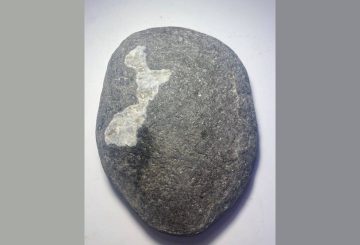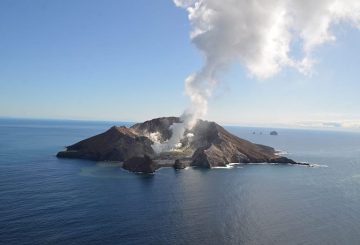더니든 출신의 거스 코프 (Gus Cope) 는 샌들 (플립플롭) 만 신고 뉴질랜드의 그레이트 워크를 완주하려는 독특한 자선 산책을 거의 마칠 무렵이다.이 아이디어는 2년 전 코프가 하이킹 중 신발이 젖어 결국 샌들을 신고 걷게 되면서 농담으로 시작되었습니다.그런 다음 그는 그레이트 워크를 모두 샌들로 해보자는 농담을 던졌는데, 당시에는 그게 뭐였는지도 몰랐습니다.
코프는 샌들을 신고 걷는 데 익숙해졌지만 진흙 속을 걷는 것은 어려운 일이라는 것을 인정합니다.라키우라에서 산책을 하는 동안 그는 종종 샌들이 걸려 발목 깊숙이 진흙에 잠긴 자신을 발견하곤 했습니다.이런 어려움에도 불구하고 코프는 한 켤레의 샌들만 챙기고 전체 산책을 완주하기로 결심했는데, 여전히 상태가 양호하다고 합니다.
그에게 가장 힘든 산책은 와이카레모아나 호수 (Lake Waikaremoana) 였는데, 하루 만에 걷기로 결정했고, 그 결과 13시간 동안 잔달족을 신고 걸을 수 있게 되었습니다.보통 사람들은 그가 샌들을 신고 하이킹을 하는 모습을 보면 놀라지만, 그가 자신의 사명을 설명하면 지지해 줍니다.
작년에 코프스 워크 (Cope’s walk) 는 더니든에 있는 에드먼드 라이스 캠프 (Edmund Rice Camp) 를 위한 기금을 모금했습니다. 이 자선단체는 재정적으로나 사회적으로 불우한 가정의 어린이들에게 휴일을 제공하는 자선 단체입니다.이러한 어려움에도 불구하고 코프는 이모가 선물한 페디큐어 키트로 발에 쌓인 굳은살을 제거한 후에도 굳은 결의를 잃지 않았습니다.




























































